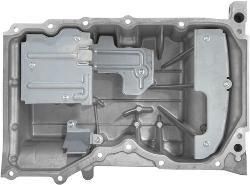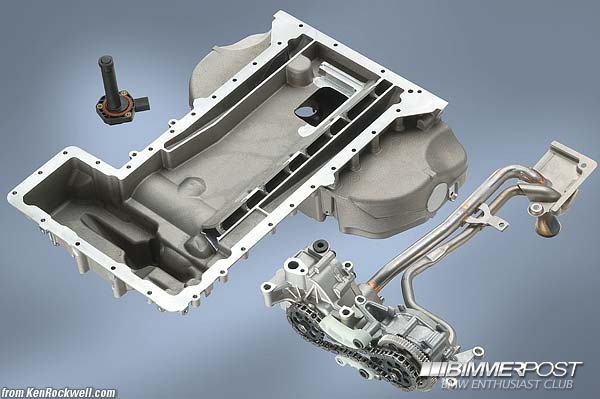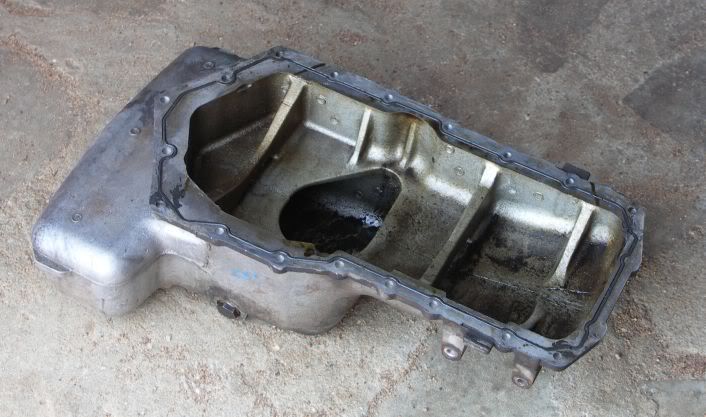MolaKule
Staff member
Quote:
Despite possible variations in answers for those questions between one vehicle and another, is there a set "safe maximum" of overfill for all vehicles - possibly half a quart?
~ Triton
Each manufacturer sets the level of oil in the sump to cover many "dynamic" conditions such as acceleration, cornering, volume expansion of the fluid due to heating, hill climbing, valley drop, etc.
The problem with "overfilling" is the potential for air entrainment which reduces the lubricating ability of the fluid. The manf. wants to try and avoid as much "whipping" of the oil and air entrainment as possible.
One of the areas of whipping they try to avoid is obviously the crankshaft lobes hitting the oil in the sump under many dynamic conditions. Tappet action in the head also can also foam the oil.
Add to this piston squirters that cool the underside of the piston crowns, and you have many areas in the engine creating a lot of bubbles.
The best oil level is an indication on the dipstick of between add and full.
Despite possible variations in answers for those questions between one vehicle and another, is there a set "safe maximum" of overfill for all vehicles - possibly half a quart?
~ Triton
Each manufacturer sets the level of oil in the sump to cover many "dynamic" conditions such as acceleration, cornering, volume expansion of the fluid due to heating, hill climbing, valley drop, etc.
The problem with "overfilling" is the potential for air entrainment which reduces the lubricating ability of the fluid. The manf. wants to try and avoid as much "whipping" of the oil and air entrainment as possible.
One of the areas of whipping they try to avoid is obviously the crankshaft lobes hitting the oil in the sump under many dynamic conditions. Tappet action in the head also can also foam the oil.
Add to this piston squirters that cool the underside of the piston crowns, and you have many areas in the engine creating a lot of bubbles.
The best oil level is an indication on the dipstick of between add and full.
Last edited:





